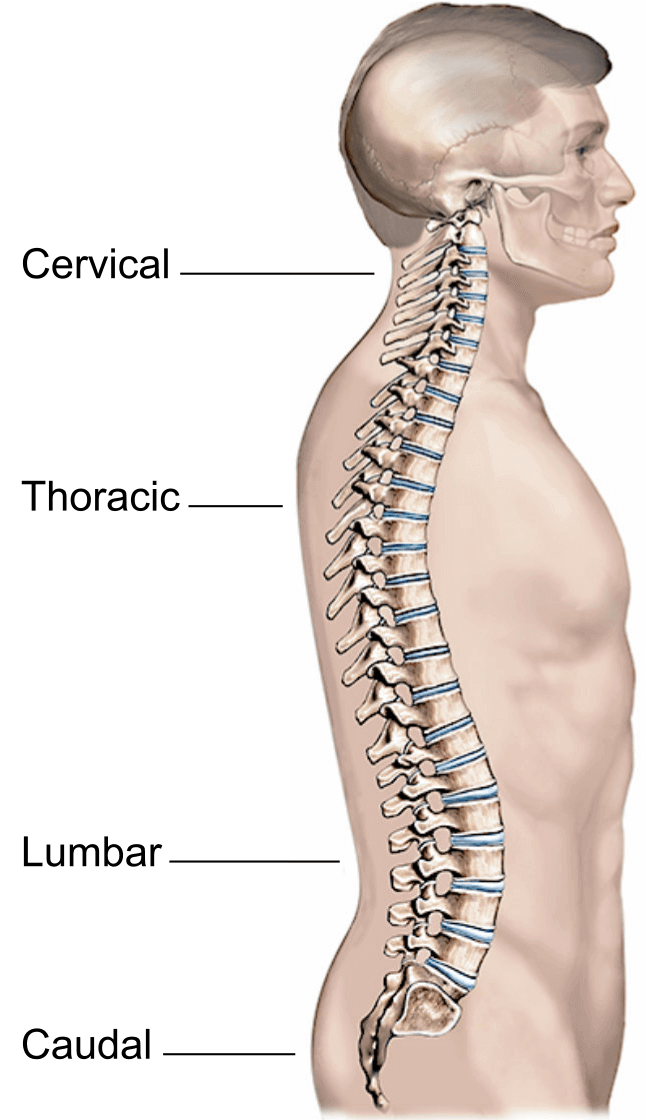What is an epidural injection?
An epidural injection involves injecting local anaesthetics and steroids into the epidural space (an area near your spinal cord). This helps reduce inflammation and pain from the irritated nerve.
How does an epidural injection work?
A needle is inserted in the epidural space, near your spinal cord. Local anaesthetics and steroids are injected through the needle into the epidural space.
The local anaesthetics numb the nerves to give pain relief. The steroids reduce inflammation and may make the pain relief last longer.
What types of epidural injection are available?
The type of epidural injection depends on where it is given. It can be injected at different points from the neck down to the bottom of your spine.

What are the benefits of an epidural injection?
An epidural injection is usually used for pain from a slipped disc or trapped spinal nerve and can give you short-term or long-term pain relief. This should allow you to move around more easily and return to normal activities.
What does the procedure involve?
An epidural injection usually takes 15 to 30 minutes. Your doctor will usually use an x-ray machine to guide them and confirm the needle position while they give the injection.
Your doctor will carefully insert the needle for the epidural injection.
The healthcare team will monitor you closely during and after the injection.
What complications can happen?
Some complications can be serious and can even cause death.
- failure of the epidural
- worsening pain
- low blood pressure
- headache
- allergic reaction to the equipment, materials or medication
- backache
- temporary leg or arm weakness
- seizures
- difficulty passing urine
- unexpected high block, if the local anaesthetic spreads beyond the intended area
- infection around your spine
- short-term nerve injury
- visual disturbance or loss of vision
- long-term nerve injury
- blood clot around your spine
- paralysis
How soon will I recover?
Most people feel completely normal after the procedure. After a short while you should be able to go home.


